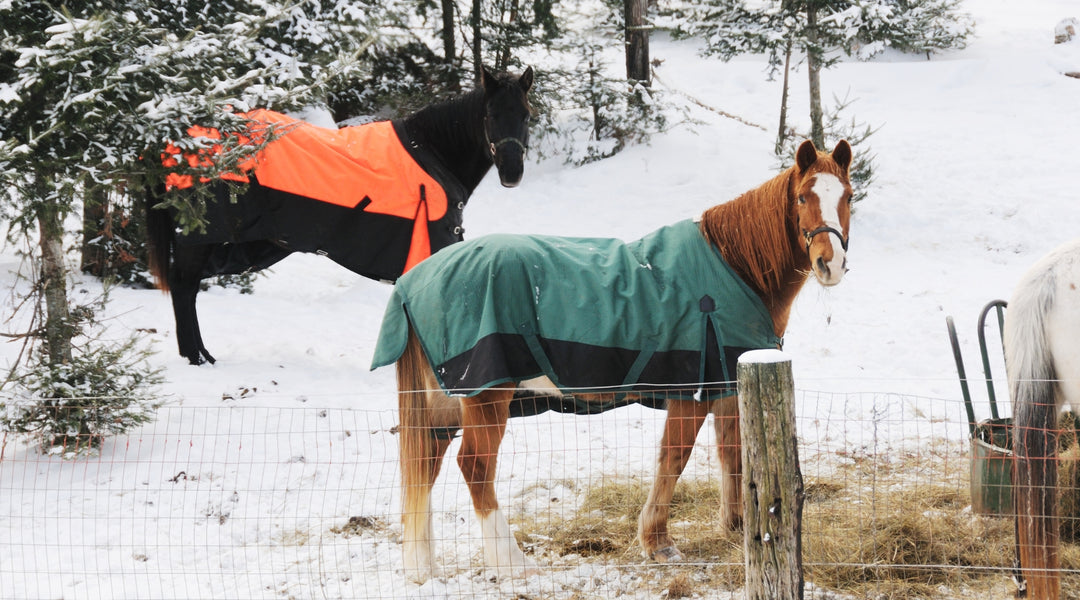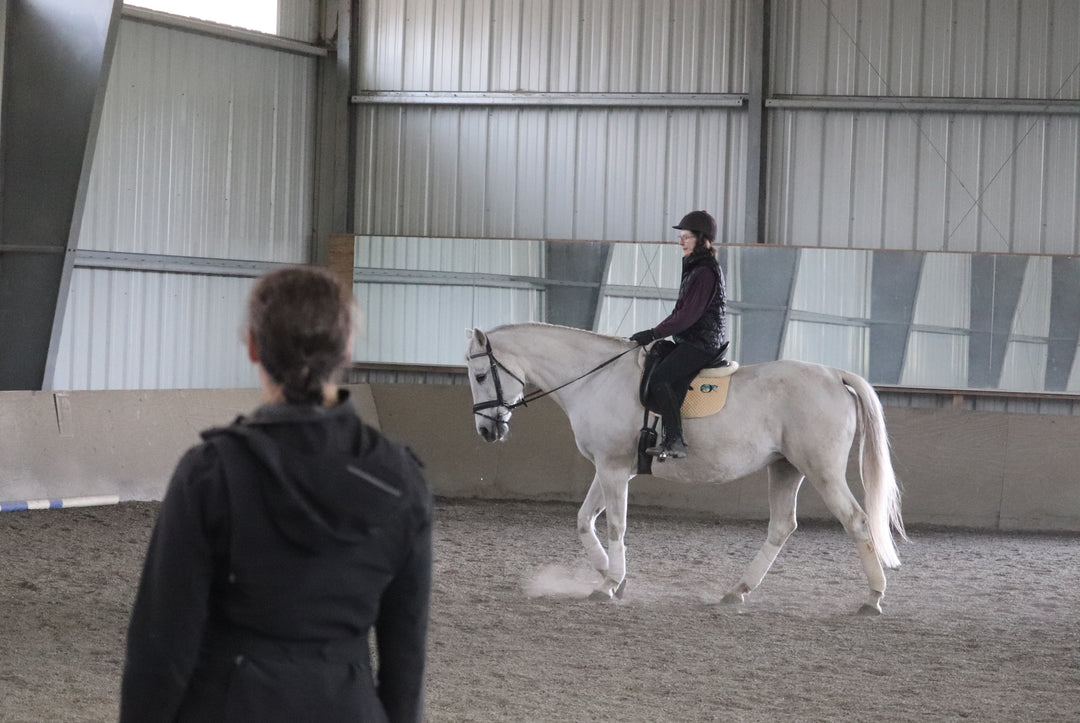FAQ: Horse Exercise
Best Exercise for Horses will vary based on factors such as age, current physical issues, fitness level, and goals. However, commonly, the most effective exercise regimen for horses involves a combination of walking, trotting, and cantering on varied terrain to maximize fitness and health.
Example Action Items:
Daily Routine Variety:
- Walking: Include 10-15 minutes of walking to warm up muscles and joints.
- Trotting: Follow with 10-20 minutes of trotting to build endurance and muscle tone.
- Cantering: Integrate 5-10 minutes of cantering for cardiovascular benefits.
Additional Exercises:
- Lunging: Perform 10-15 minutes of lunging to improve balance and obedience.
- Groundwork: Spend 10-15 minutes on groundwork to enhance communication and trust.
- Pole Work: Use ground poles for 5-10 minutes to boost coordination and muscle engagement.
Science Backing:
- Muscle Strength and Endurance: Studies show that varied gaits and terrain work different muscle groups, enhancing overall strength and endurance.
- Cardiovascular Health: Regular cantering improves heart rate and lung capacity, essential for a horse’s cardiovascular system.
- Mental Stimulation: Groundwork and pole exercises provide mental challenges, reducing boredom and enhancing cognitive function.
Horses and Riding: Many horses enjoy being ridden, especially when it involves varied activities and positive reinforcement, contributing to their mental stimulation and bond with the rider.
Examples of Exercising Horses Without Riding:
- Lunging: Engages the horse in circles, improving balance and fitness.
- Long-Lining: Enhances movement and responsiveness, suitable for groundwork training.
- Groundwork Exercises: Includes leading, backing up, and obstacle navigation to build trust and agility.
- Turnout in Pasture: Allows natural movement and social interaction, promoting overall health.
- Free Schooling: Encourages the horse to move freely in an enclosed area, enhancing cardiovascular fitness.
- Hand Walking: While building a bond and trust with your horse, build muscle and lubricate joints. Fifteen minutes of walking moves the synovial fluid through the horse's joints.
Bonding with Your Horse:
- Consistent Interaction: Spend regular, quality time with your horse through grooming, feeding, and gentle handling.
- Positive Reinforcement: Use treats and praise to reward good behavior.
- Groundwork: Engage in groundwork exercises to build trust and communication.
- Patience and Understanding: Be patient and attuned to your horse’s needs and signals.
Horse Turnout
The primary source of exercise for many horses is their time in turnout, which is vital to the health of young and retired horses to ensure they move around enough to keep their joints and digestive systems healthy. Although extended periods free to move around, socialize, and graze are ideal for horses, with the restraints of space and safety concerns for performance horses, this free time is often somewhat restricted. However, there are ways to reduce the chance of injury; horses can be turned out individually and in smaller paddocks.




Riding
Riding is an excellent activity for both horse and rider to get in some exercise. This time with your horse is an opportunity to assess their physical and mental state. How does the horse react to grooming and saddling? How does the movement feel in each gait? Noticing changes in these areas can help you adjust your horse care before a problem arises. Being in tune with your horse will build trust and help form a rewarding bond.
Horse Training
Building a rewarding relationship with your horse requires consistency and training. Whether your goal is a quiet horse standing on crossties for grooming or a confident horse to enter the show ring, you must provide structure. Whatever discipline you pursue, finding a trainer to support your progress is always helpful. Training your horse should build both strength and trust.

Lunging
Lunging is a good form of exercise and an excellent training tool, offering a controlled way to work the horse at all gates. Lunging can be a warm-up before riding or the entire exercise session. Because lunging is consistent circling sessions should be kept short and may not be a good choice for some horses. A conversation with your vet about any soundness issues your horse has before adding lunging to your program is advisable.


Hand Walking
When turn-out is not an option or a horse is rehabbing from an injury, hand walking, although time-consuming, is a practical, controllable way to get horses moving. Movement is good for the horse's overall health, specifically the joints. A fifteen-minute walk will stimulate the cartilage in the joint to release synovial fluid and allow the body to remove waste products from the joint. During this time, blood flow to all the soft tissue will increase, facilitating oxygen delivery and eliminating lactic acid and urea, supporting optimal muscle performance. Never underestimate the value of a hand walk for your horse!
Horse Exercise Tools
Optimizing Horse Fitness with Advanced Exercise Tools
Equine Treadmills
Treadmills are an excellent tool for rehabilitation, conditioning, and training a horse, with multiple configurations available on the market. Available features include incline/decline adjustment, aqua tubs, and overhead heat lamps. It is essential to sufficiently train the horse on the treadmill to reduce safety risks during exercise sessions. During training, we must consistently re-assess treadmill usage to account for horse fitness or rehab progress, being cautious not to overwork them.
Ultimately, a well-monitored and tailored treadmill program can be a fantastic addition to your horse's exercise regimen.
Learn More About Treadmills for Horses: Maximizing Fitness and Rehabilitation
Horse treadmills are valuable tools for controlled, consistent exercise, enhancing fitness, rehabilitation, and conditioning.
Benefits of Equine Treadmills:
- Controlled Environment: Precisely manage speed, incline, and workout duration for a safe exercise routine.
- Rehabilitation Support: Ideal for injury recovery, offering low-impact exercise to promote healing.
- Cardiovascular Fitness: Simulates various gaits to enhance heart health across all fitness levels.
- Muscle Development: Adjustable inclines target specific muscle groups, boosting strength and endurance.
Key Features to Consider:
- Variable Speeds: Accommodate walking, trotting, and cantering.
- Incline Adjustability: Options for uphill training to enhance strength.
- Safety Features: Non-slip surfaces and emergency stop mechanisms.
Professional Tip:
Consult with an equine therapist or veterinarian to incorporate treadmill workouts into your horse’s exercise regime, especially for rehabilitation.
Hot Walkers
Hot walkers are great options to provide exercise to multiple horses with limited space. Some models can accommodate up to eight horses at once. Although it takes time to acclimate horses to a hot walker, it will save time and provide them with more opportunities to move. Used pre and post-training to maximize productivity or as a supplement to or replacement for turn-out. Some models also offer speed controls and the ability to program time and direction, so the horses will get time trotting to help increase stamina and strength.
Learn More About Equine Hot Walkers: Enhancing Exercise and Recovery
Hot walkers, or horse walkers, are essential for automated, hands-free exercise, promoting steady movement and cooling down after intense workouts.
Benefits of Hot Walkers:
- Consistent Movement: Promotes steady, controlled walking for effective cool-downs and light exercise.
- Time Efficiency: Allows multiple horses to exercise simultaneously, saving time and labor.
- Versatile Use: Ideal for warm-ups, cool-downs, and gentle conditioning.
Types of Hot Walkers:
- Standard Hot Walkers: Rotating arms lead horses in a circular path.
- Covered Hot Walkers: Provide shelter for all-weather exercise.
- Variable Speed Walkers: Adjustable speeds to suit different exercise needs.
Key Features to Consider:
- Durable Construction: Made from robust materials for frequent use.
- Adjustable Speeds: Customize exercise intensity.
- Safety Features: Emergency stop options and secure attachments for safety.
Professional Tip:
Consult an equine fitness trainer to tailor hot walker sessions to your horse’s fitness and recovery needs.





